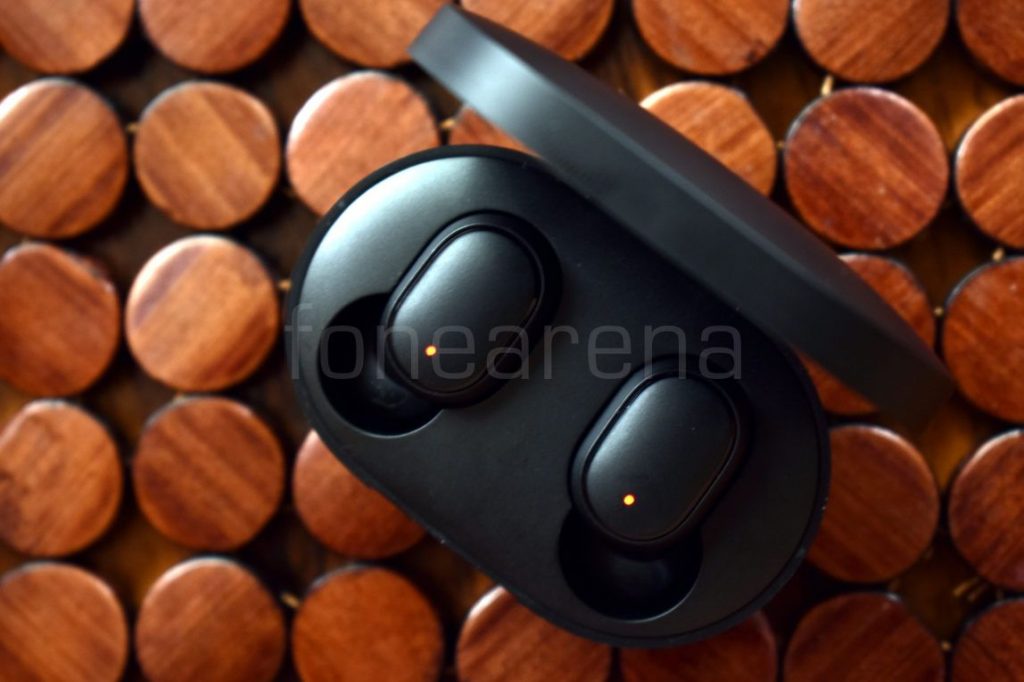
Xiaomi introduced Redmi AirDots (also called Mi True Wireless Earbuds Basic in some markets) with Bluetooth 5.0 in China along with Redmi Note 7 Pro back in March. Priced at RMB 99 (US$ 15/ INR 990), Redmi AirDots are affordable truly wireless earbuds, and pack a 7.2mm driver unit to produce deep bass and high-quality stereo audio, but how do these fair in day to day usage? Should you buy the Redmi AirDots, read on our review to find out.
Box Contents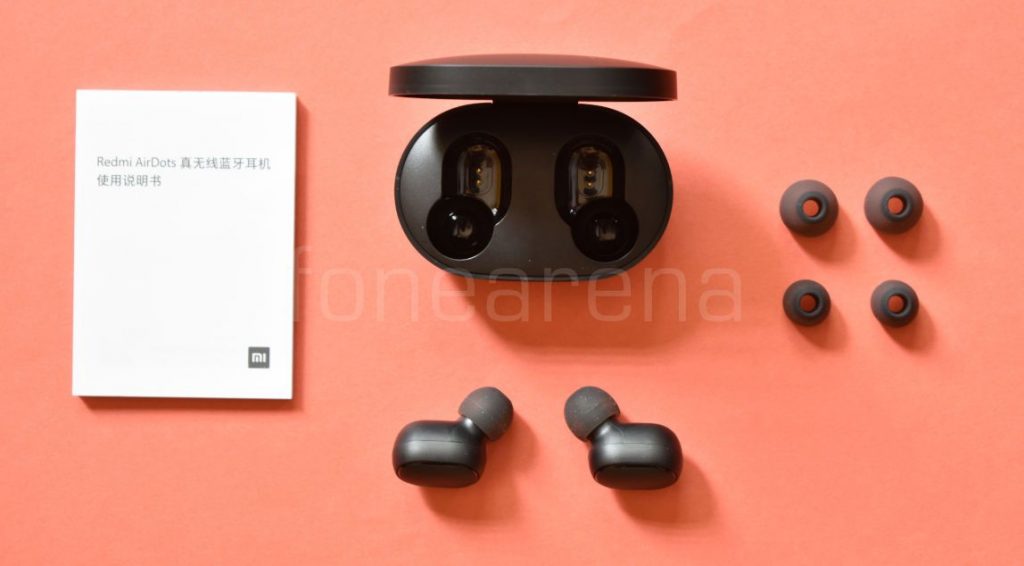
-
- Redmi AirDots with the charging case
- Extra ear-tips
- User guide
We recently unboxed the Redmi AirDots, check out the unboxing and first impressions.
Design and Build Quality
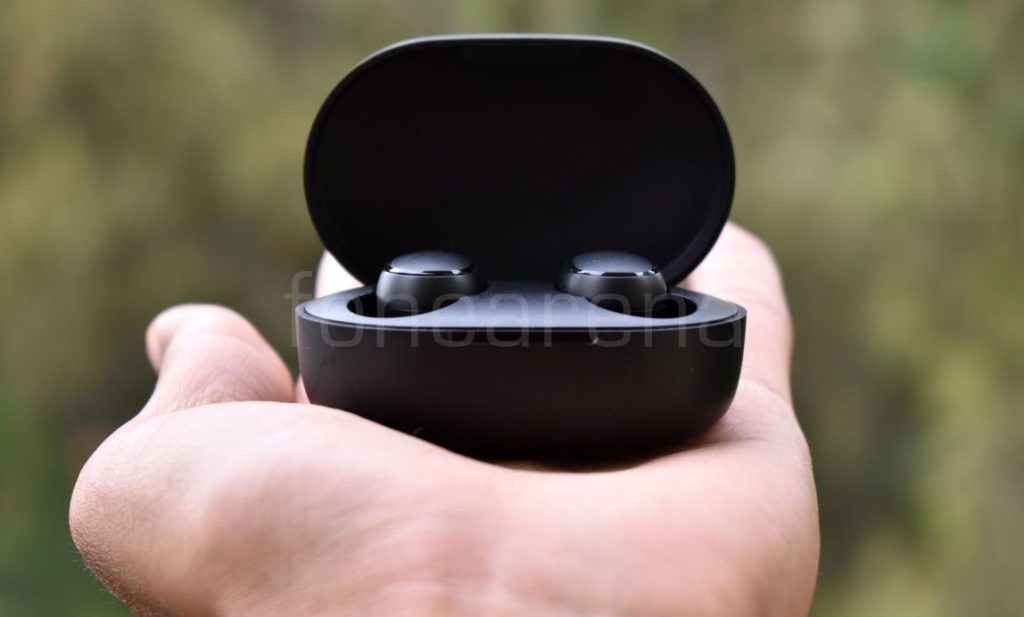
Similar to other Xiaomi ecosystem products, Redmi AirDots features a minimal design, these come with a case which is entirely made up of plastic and is prone to scratches. The build of the case just average at best and gets scratched easily, so it’s better to treat it with a little care.
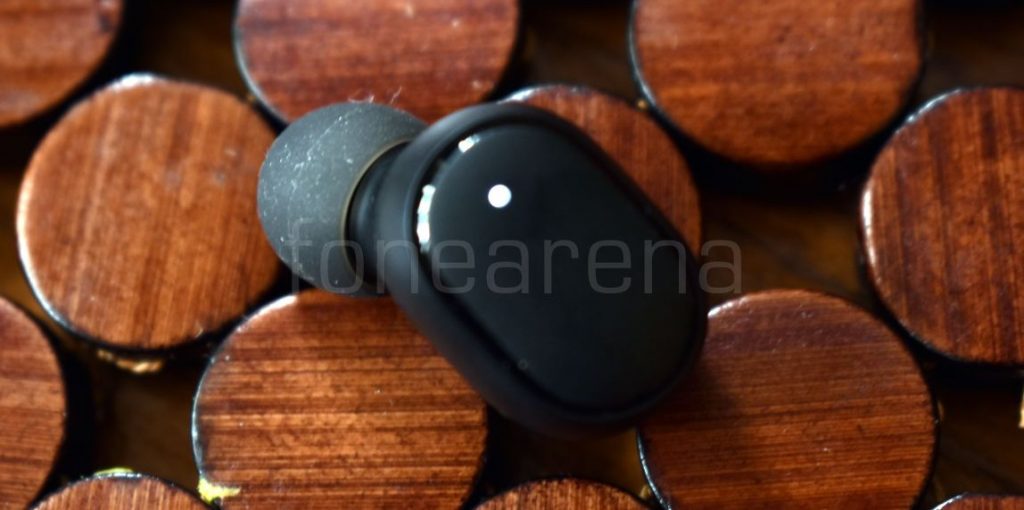
The earbuds are also made up of plastic, due to which Redmi Airdots are lightweight and weigh just 4.1 grams, including the case the total weight is less than 36 grams. These earbuds seem hollow and don’t seem to have an assuring build, with that said, treat these with care and don’t let it fall on hard surfaces frequently.
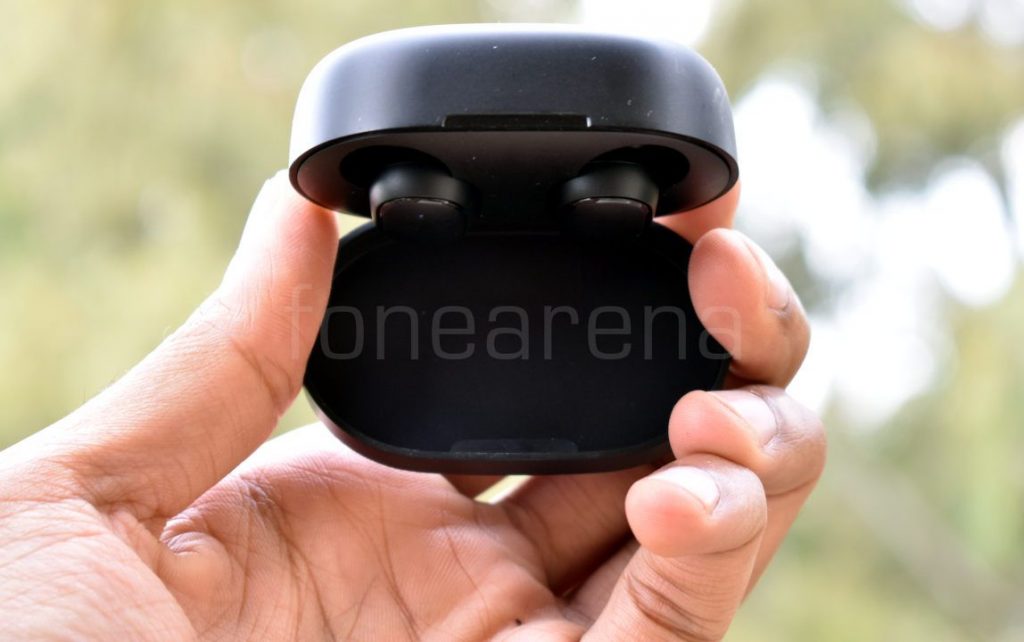
The earbuds are held tightly via magnetic pins inside the case, these do not fall off from the case even if you hold the case upside down. Redmi AirDots features an in-ear design and comes with sets of extra ear-tips. There is an LED on each earbud and one on the charging case too.
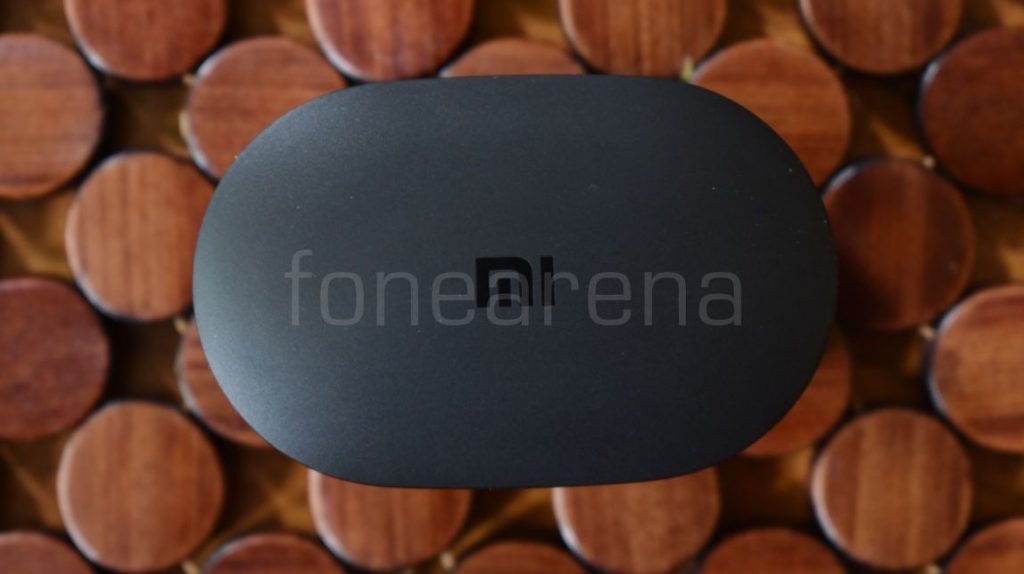
The earbuds do not feature any branding, Mi branding can be found on the top of the case, and bottom of the case includes charging information along with product specifications. The earbuds are really tiny (even smaller than Mi AirDots) and even with the case, the entire package is really convenient to carry around.

These earbuds are comfortable and lightweight to use and can be used for long sessions without any trouble. These fit perfectly in ears and do not fall off accidentally, the earbuds don’t fall off even if you shake your head, so there shouldn’t be any problem if you plan to use Redmi AirDots while workouts or running. Redmi AirDots are available only in black color which I personally liked, unlike the Mi AirDots that is available only in white color. Overall, these are lightweight, and comfortable to use even for long sessions but you need to treat these carefully.
Connectivity and Pairing
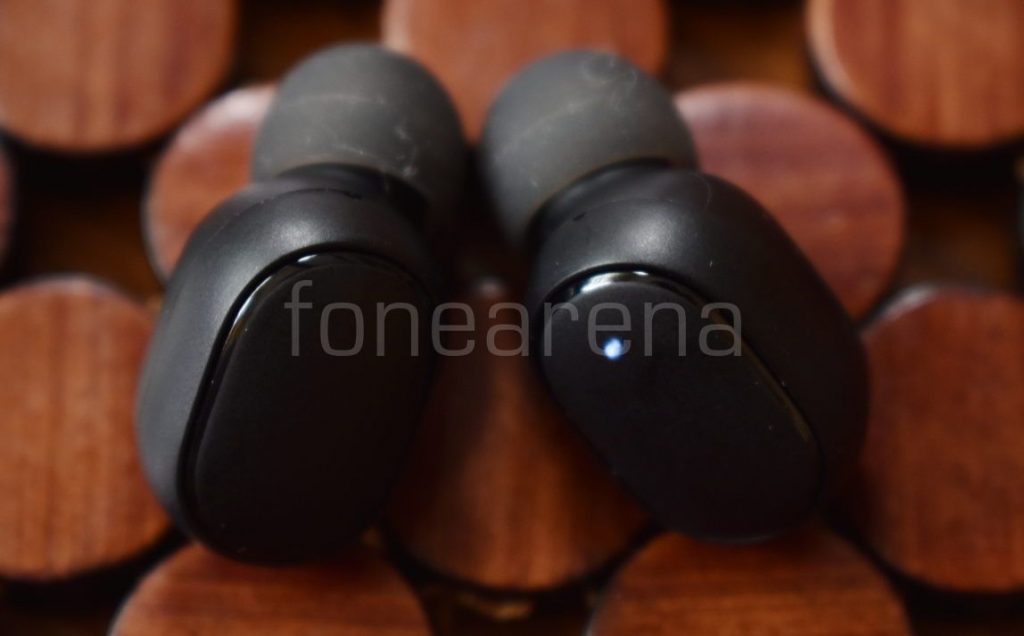
Redmi AirDots has Bluetooth 5.0 support and as per the company, the connection range is around 10 meters. During our testing, we found the connection range to be good, even if you leave your phone in a room and go to the adjacent room with the AirDots, the AirDots keep working without any trouble. Even though Redmi AirDots comes with Bluetooth 5.0 support, it can only be connected to one device at a time.
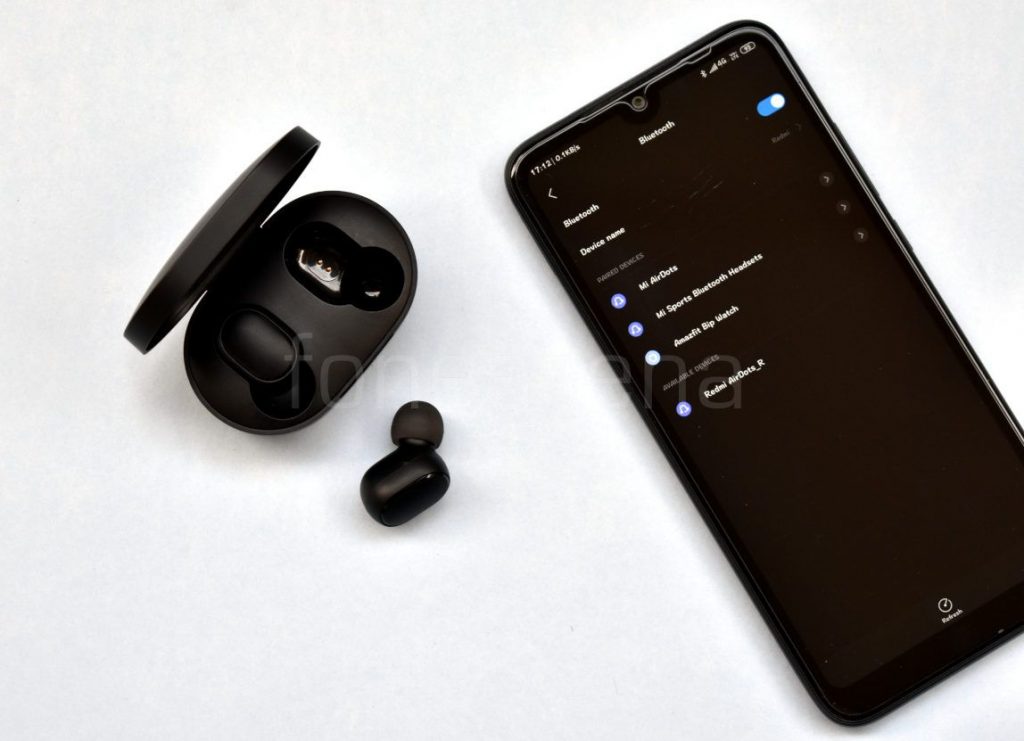 The pairing process is exactly the same as Mi AirDots, simply take out the right earbud from the charging case, a white LED starts blinking on the earbud. On searching for a new Bluetooth device, it shows up as Redmi AirDots_R, connect to it. After the connection is established, the blinking LED should go off. Now, take out the left earbud from the charging case, and it automatically gets connected to the right earbud, you also get voice feedback when it enters pairing mode and connects successfully. I tested it with multiple devices including POCO F1 and Redmi Note 7 Pro and never faced any pairing related issue.
The pairing process is exactly the same as Mi AirDots, simply take out the right earbud from the charging case, a white LED starts blinking on the earbud. On searching for a new Bluetooth device, it shows up as Redmi AirDots_R, connect to it. After the connection is established, the blinking LED should go off. Now, take out the left earbud from the charging case, and it automatically gets connected to the right earbud, you also get voice feedback when it enters pairing mode and connects successfully. I tested it with multiple devices including POCO F1 and Redmi Note 7 Pro and never faced any pairing related issue.
Similar to Mi AirDots, there is a fair amount of latency while pairing both the earbuds, most of the times it took 1-2 seconds to pair up both the earbuds and sync. The latency isn’t much of issue considering how affordable Redmi AirDots is.
Redmi AirDots feature a multifunctional key on the top unlike Mi AirDots that has a touch-sensitive area on the top, and in our opinion, it’s a good change. A short press on left/right earbud works as a play/pause button, double press can be used to summon voice assistants and earbuds can be turned off by a long press. Redmi AirDots can also be used to attend/reject calls, a short press on either of the earbud can be used to pick-up a call, and a long press can be used to reject a call. Similar to Mi AirDots, the volume can’t be adjusted by the earbuds and also songs can’t be skipped, I had to reach my phone every time I wanted to adjust the volume or change soundtrack.
Audio Quality and Call Performance

The Redmi AirDots features a 7.2 mm driver unit to produce deep bass and high-quality stereo audio and supports Bluetooth 5.0. The Redmi AirDots can transfer sound by using SBC Bluetooth codec only and lacks high-quality aptX codec support, but we shouldn’t expect high-quality codes at this price point.
The sound quality of Redmi AirDots is fine, as you would expect for the price but you may often notice rattling at 80-85% volume. Keep in mind the price of the Redmi AirDots, and do not expect high-end performance from affordable small drivers. Redmi AirDots delivers mids well, the highs and lows sound just fine, but it has a tendency to miss frequencies on the extremes of the spectrum. I found the bass good enough for my taste, but bass heads may find the performance underwhelming.
Redmi AirDots delivers well when it comes to sound isolation and restricting ambient sound, you can enjoy listening to your music without any interruptions even in a noisy environment, and we would advise not use AirDots while riding a bike. Both the earbuds have an inbuilt microphone for making calls, the inbuilt microphone gets the job done indoors but similar to Mi AirDots, it also has a tendency to amplify ambient sound and in most of the cases, I had to switch to my phone for calls as the person on the other end kept on complaining about call quality. Overall, if you can overlook a couple of shortcomings and embrace the wireless life and compactness, you will be a happy listener.
Battery Life
The battery capacity of each earbud is 40 mAh, the company claims a battery life of 4 hours in stereo mode, and 5 hours in mono mode. Redmi AirDots can last for 12 hours in total with the case, the battery capacity of the case is 300 mAh. During our testing, it lasted for 2 hours 3o minutes at 100% volume, and about 4 hours at 65-75% volume. If you have Android phones running Android 8.1 or later, you can see battery life of the earbuds in the status bar, which we found to be fairly accurate with Redmi Note 7 and Redmi Note 7 Pro, you also get alerts repeatedly when the battery level is below 20%.

The earbuds start charging via magnetic pins as soon as they’re kept in the case, the earbuds take about 1 hour 30 minutes to get charged from 0-100. Both the earbuds feature a LED indicator to notify the user about the charging, the LED on each earbud glows in red color while charging and the LED goes off as soon as the earbud is charged fully.
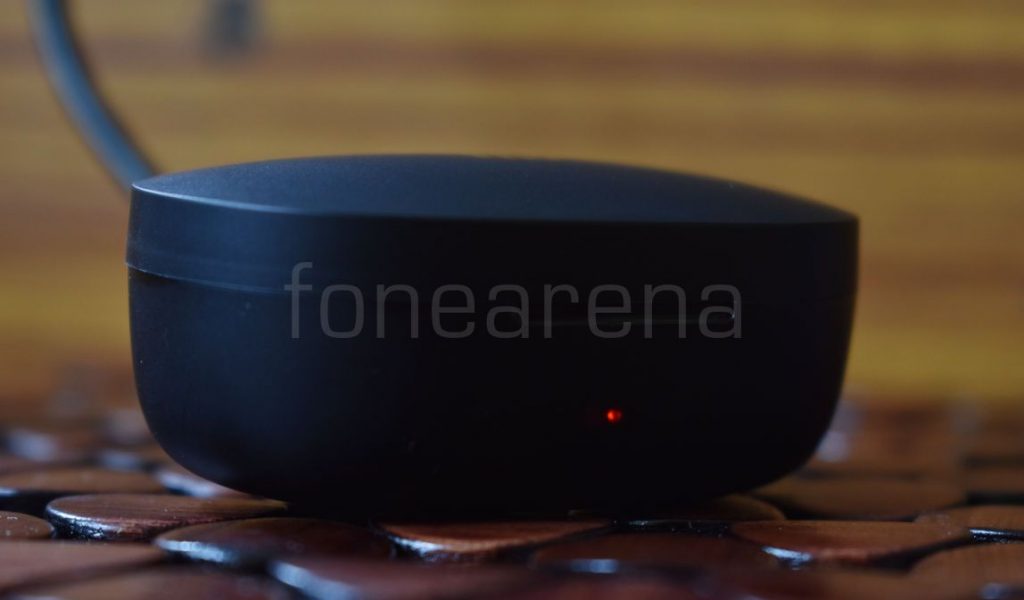
The charging case takes about 2 hours to get fully charged, it can be charged using a Micro-USB cable. An LED light can be found on the case as well, the LED glows in red color while charging and LED goes off as soon as the case is fully charged.
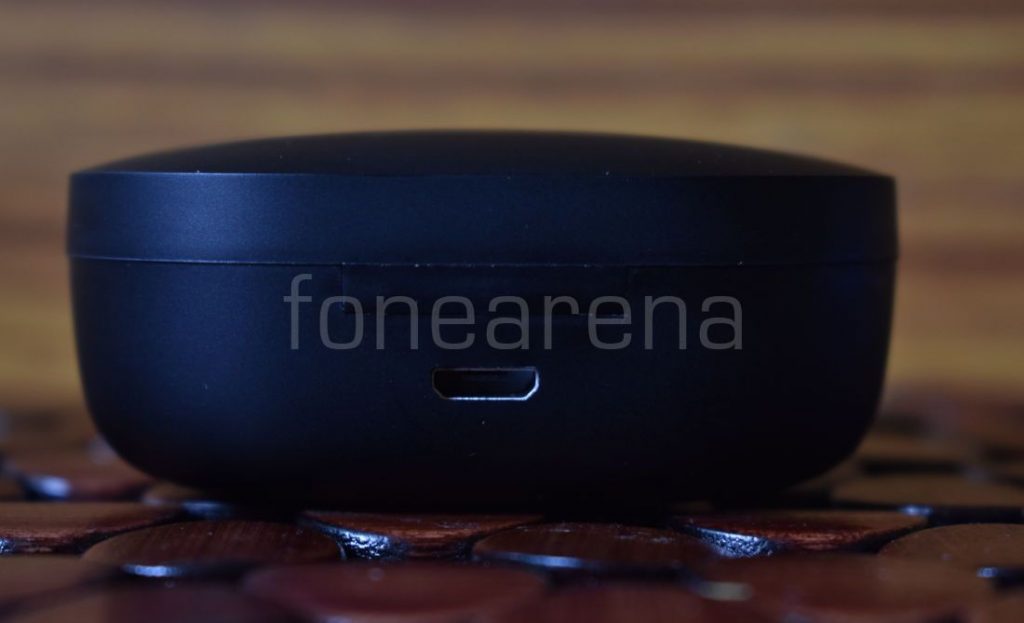
To sum it up, the battery life on Redmi AirDots is just average, on a charge you can listen to music for about 3 hours 30 minutes and when the batteries are drained, just drop the earbuds back in the charging case. Also, make sure to charge the case once in a couple of days.
Conclusion
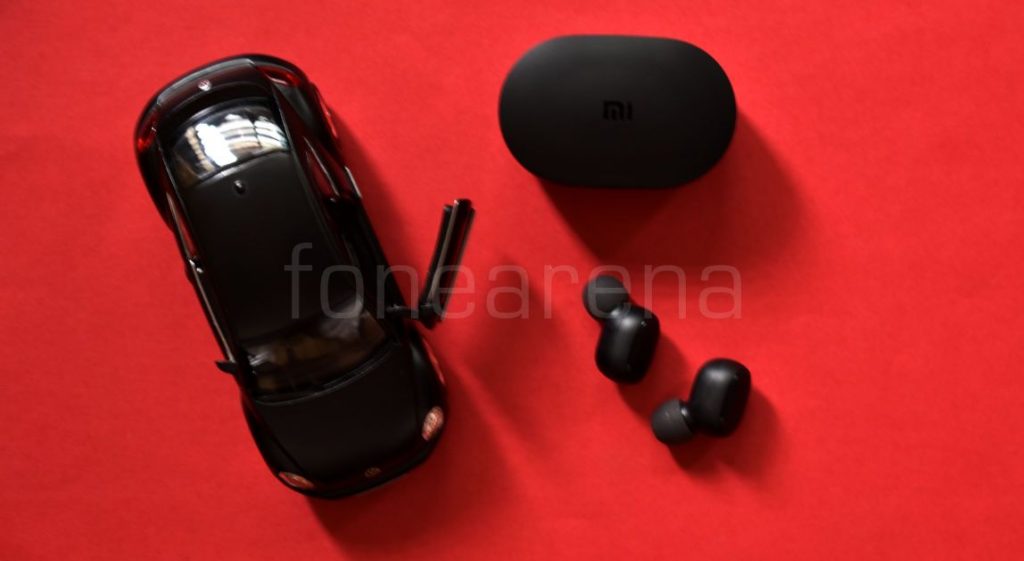
So should you get Redmi AirDots? Absolutely, if you are in the market for affordable true wireless earbuds. Priced at RMB 99 (US$ 15 / INR 990 approx.) Redmi AirDots is excellent value for money and delivers on basics well, be it battery life, connectivity or comfort and won’t disappoint you with the audio performance or built.
Redmi AirDots (Mi True Wireless Earbuds Basic)are not available in India but Indian users can purchase it for about 2050 INR including custom charges, with one year warranty via ShareSave (opens only on the app), Xiaomi’s own cross-border e-commerce platform. At a price of 2000 INR also, Redmi AirDots is a good buy as you don’t get true wireless earbuds from any brand in the price segment in India.
Pros
- Compact design
- Neat performance for its price
- Decent battery life
- Google Assistant and Siri support
- Value for Money
Cons
- Average build quality
- Latency issues (can be ignored for the price)
- Poor call quality
- Cost almost double in India



